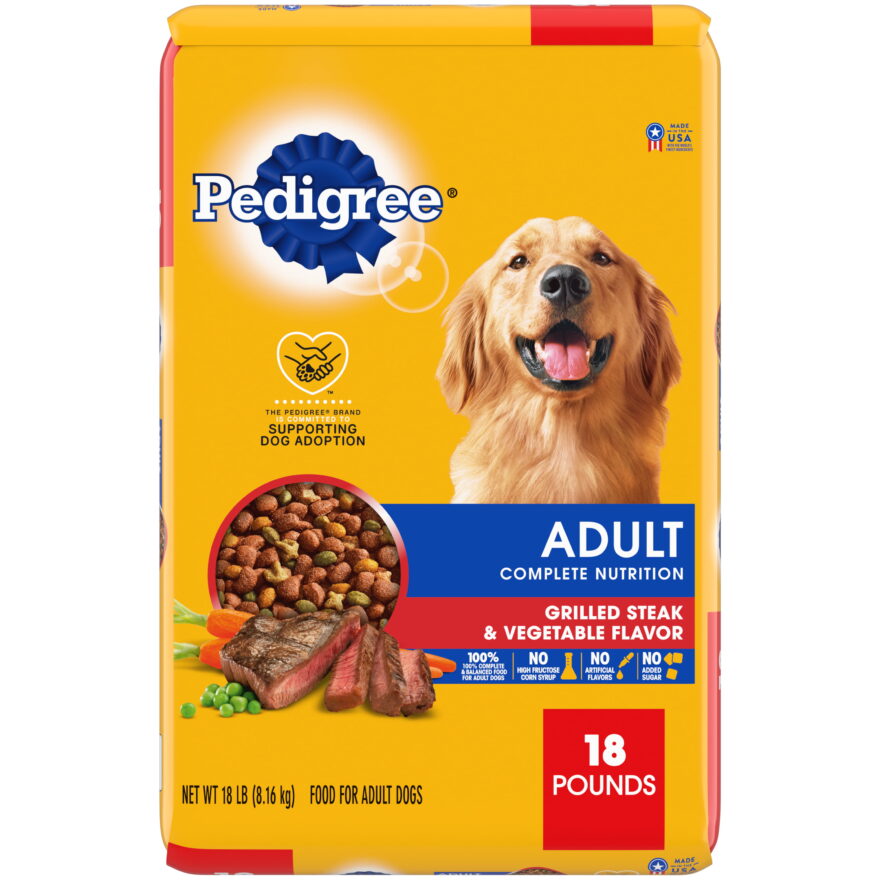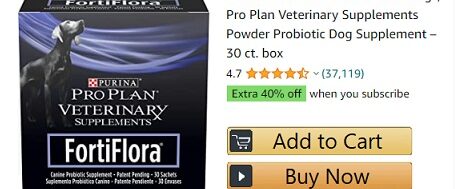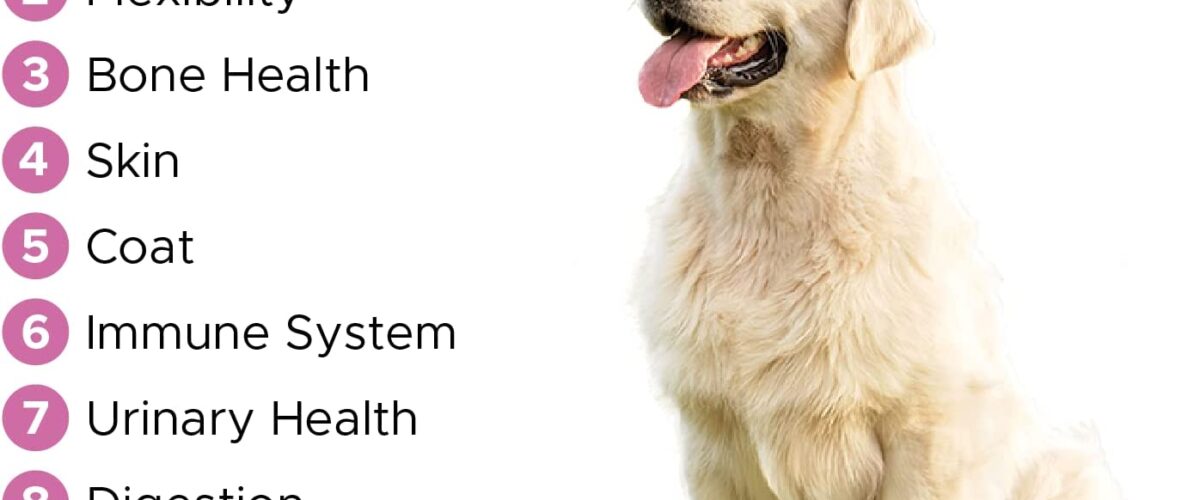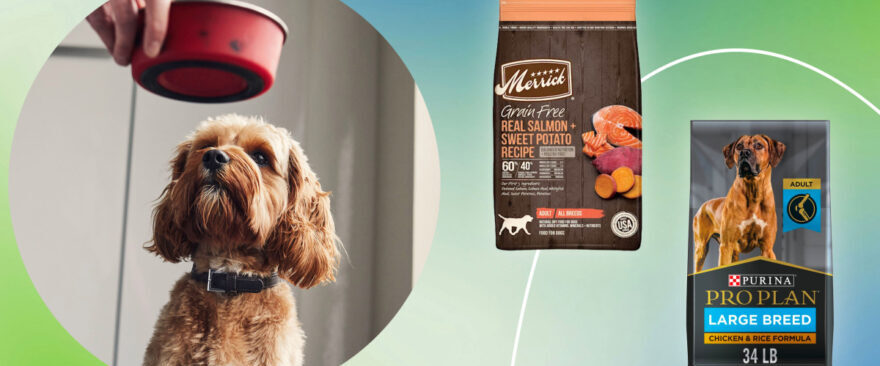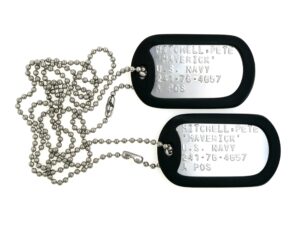-
Table of Contents
“Discover the Perfect Meal for Your Furry Friend!”
Introduction
Choosing a new food for your dog can be a daunting task. With so many options available, it can be difficult to know which food is best for your pup. It is important to consider your dog’s age, breed, activity level, and any health issues they may have when selecting a food. Additionally, you should look for a food that is made with high-quality ingredients and is free of artificial colors, flavors, and preservatives. In this guide, we will discuss the different factors to consider when selecting a new food for your dog, as well as provide tips on how to make the best choice for your pup.
How to Evaluate Your Dog’s Nutritional Needs Before Choosing a New Food
When it comes to choosing a new food for your dog, it is important to evaluate their nutritional needs first. This will ensure that your pet is getting the right balance of nutrients to keep them healthy and happy. Here are some steps to help you evaluate your dog’s nutritional needs before selecting a new food.
1. Consider Your Dog’s Age and Activity Level: Different life stages require different levels of nutrition. Puppies, for example, need more calories and protein than adult dogs. Similarly, active dogs need more calories than those who are less active.
2. Check the Label: Look for a food that is labeled as “complete and balanced” and contains all the essential nutrients your dog needs. The label should also list the percentages of protein, fat, and carbohydrates.
3. Consult Your Veterinarian: Your veterinarian can provide valuable advice on the best food for your dog’s individual needs. They can also help you determine the right amount of food to feed your pet.
4. Read Reviews: Read reviews from other pet owners to get an idea of how the food is working for other dogs. This can help you make an informed decision about which food is best for your pet.
By taking the time to evaluate your dog’s nutritional needs before selecting a new food, you can ensure that your pet is getting the right balance of nutrients to keep them healthy and happy.
What to Look for in a Quality Dog Food
When selecting a quality dog food, there are several factors to consider. First, it is important to look for a food that is made with high-quality ingredients. The best dog foods are made with real meat, such as chicken, beef, or fish, as the primary ingredient. Avoid foods that contain by-products, fillers, or artificial preservatives.
Second, look for a food that is formulated to meet the nutritional needs of your dog. Different breeds and life stages require different levels of nutrients, so it is important to select a food that is specifically designed for your dog.
Third, look for a food that is free from contaminants. Many pet food companies test their products for contaminants such as heavy metals, pesticides, and bacteria. Look for a company that has a rigorous testing program in place to ensure the safety of their products.
Finally, look for a food that is affordable. Quality dog food can be expensive, but there are many brands that offer high-quality food at an affordable price.
By taking the time to research and select a quality dog food, you can ensure that your pet is getting the nutrition they need to stay healthy and happy.
How to Read Dog Food Labels and Understand the Ingredients
Reading the labels on dog food can be a daunting task. With so many ingredients listed, it can be difficult to understand what is actually in the food. However, it is important to understand the ingredients in order to make sure your dog is getting the best nutrition possible. Here are some tips to help you read dog food labels and understand the ingredients.
First, look for the guaranteed analysis. This will tell you the minimum percentages of crude protein, crude fat, and crude fiber in the food. It will also tell you the maximum percentages of moisture and ash. Knowing these percentages can help you determine if the food is appropriate for your dog’s needs.
Next, look for the ingredients list. This will tell you what is actually in the food. The first few ingredients are the most important, as they make up the majority of the food. Look for whole ingredients like meat, grains, and vegetables. Avoid foods with a lot of fillers, such as corn, wheat, and soy.
Finally, look for any added vitamins and minerals. These are important for your dog’s health and can help ensure that they are getting all the nutrients they need.
By following these tips, you can easily read dog food labels and understand the ingredients. This will help you make sure your dog is getting the best nutrition possible.
The Pros and Cons of Different Types of Dog Food
Dog food is an important part of a dog’s diet, and there are many different types of food available. Each type of food has its own advantages and disadvantages, so it is important to understand the pros and cons of each type before making a decision.
Dry Dog Food
Dry dog food is the most common type of food available. It is usually made from a combination of grains, proteins, and other ingredients. The main advantage of dry dog food is that it is relatively inexpensive and easy to store. Additionally, it is usually fortified with vitamins and minerals to ensure that your dog is getting the nutrition it needs. On the downside, dry dog food can be low in moisture, which can lead to dehydration. Additionally, some dogs may find it difficult to digest.
Wet Dog Food
Wet dog food is usually canned or packaged in pouches. It is usually made from a combination of meats, vegetables, and other ingredients. The main advantage of wet dog food is that it is high in moisture, which can help to keep your dog hydrated. Additionally, it is usually more palatable than dry food, so it may be easier for some dogs to eat. The downside of wet dog food is that it is usually more expensive than dry food and it can spoil quickly if not stored properly.
Raw Dog Food
Raw dog food is a type of diet that consists of uncooked meats, vegetables, and other ingredients. The main advantage of raw dog food is that it is usually high in nutrients and can provide a more natural diet for your dog. Additionally, some dogs may find it easier to digest than other types of food. The downside of raw dog food is that it can be difficult to prepare and it can be more expensive than other types of food. Additionally, it can be a source of bacteria and parasites, so it is important to handle it carefully.
Homemade Dog Food
Homemade dog food is a type of diet that is made from ingredients that you can purchase at the grocery store. The main advantage of homemade dog food is that you can control the ingredients and ensure that your dog is getting the nutrition it needs. Additionally, it can be less expensive than other types of food. The downside of homemade dog food is that it can be time-consuming to prepare and it may not provide the same level of nutrition as other types of food.
No matter which type of dog food you choose, it is important to make sure that it is nutritionally balanced and appropriate for your dog’s age and activity level. Additionally, it is important to monitor your dog’s health and adjust the diet as needed. By understanding the pros and cons of different types of dog food, you can make an informed decision about which type is best for your pet.
Tips for Transitioning Your Dog to a New Food
1. Start by slowly introducing the new food to your dog. Begin by mixing a small amount of the new food with the old food. Gradually increase the amount of new food over the course of several days.
2. Make sure to feed your dog at the same time each day. This will help them adjust to the new food and establish a routine.
3. Offer your dog plenty of fresh water throughout the transition. This will help them stay hydrated and ensure they are getting enough fluids.
4. Monitor your dog’s eating habits. If they seem to be having difficulty adjusting to the new food, try adding a small amount of wet food or a flavor enhancer to the mix.
5. Be patient. It may take some time for your dog to adjust to the new food. Don’t give up if they don’t take to it right away.
6. If your dog is still having difficulty adjusting to the new food, consult your veterinarian. They may be able to provide additional advice or suggest an alternative food.
Conclusion
Choosing a new food for your dog can be a daunting task, but it doesn’t have to be. By doing your research, consulting with your veterinarian, and considering your dog’s individual needs, you can find the perfect food for your pup. With the right food, your dog can enjoy a healthy and happy life.

are welsh corgis rare?
Read More

do corgis bark a lot?
Read More

how much is a welsh corgi worth?
Read More

do welsh corgis have health problems?
Read More

what the difference between corgi and welsh corgi?
Read More

is a welsh corgi a good pet?
Read More

What is the downside of Welsh Corgi?
Read More

The Perfect Diet for Your Perfect Pooch The Top 10 Diets for Beauceron
Read More

Australian Kelpie Dog Breed characteristics & care
Read More

